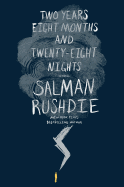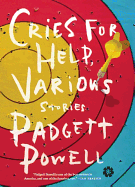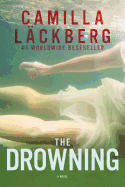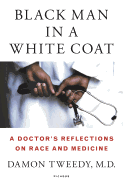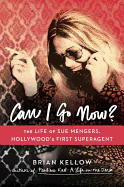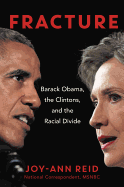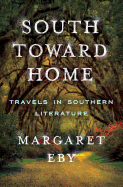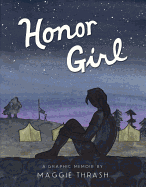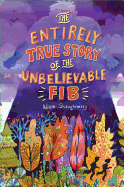 Camilla Läckberg worked as an economist in Stockholm until a course in creative writing triggered a drastic career change. Her novels have all been #1 bestsellers in Sweden. Set in Fjällbacka--where Läckberg lives--her recent novels include The Stranger, The Hidden Child and The Drowning, which is just out from Pegasus Books. These novels are all part of a series that blend dark crime and everyday personal life, as police detective Patrik Hedström and his wife, Erica Falck, a writer, work together to raise their daughter. Erica usually can't resist staying out of Patrik's investigations and often ends up helping him solve the case.
Camilla Läckberg worked as an economist in Stockholm until a course in creative writing triggered a drastic career change. Her novels have all been #1 bestsellers in Sweden. Set in Fjällbacka--where Läckberg lives--her recent novels include The Stranger, The Hidden Child and The Drowning, which is just out from Pegasus Books. These novels are all part of a series that blend dark crime and everyday personal life, as police detective Patrik Hedström and his wife, Erica Falck, a writer, work together to raise their daughter. Erica usually can't resist staying out of Patrik's investigations and often ends up helping him solve the case.
There seems to be a connection between your books and your own life (you live in Fjällbacka, you're a mother and you're a writer). Does that make it easier or harder to write the about Fjällbacka and Patrik and Erica's relationship? Is it tempting to sneak people you know into your books?
I got some very valuable advice when I started to write crime fiction, which was to write about something I was very familiar with. So I decided to base my stories in my hometown, Fjällbacka. Nine books later, I'm very happy about this decision. It has helped me to stay authentic in many ways, for example in describing characters and environments.
At the same time, I get an equal amount of inspiration from binge-watching crime fiction on Netflix and HBO. I'm a true-crime fiction nerd at heart, and I watch everything in the genre that comes my way.
Sometimes locals from Fjällbacka ask if I could perhaps place a dead body in their backyard in my next book. It can be hard to resist their proposals!
Fans of your books have watched Patrik and Erica's relationship progress through dating and marriage and parenthood. Is it challenging to keep up?
After 12 years of writing about Patrik and Erica, I feel like I know them inside and out. I know what triggers them, their fears, their passions and even their favorite evening snack. Over the years, it's like they've become my best friends.
One of the best things about writing the Fjällbacka series is exploring the complexity of my characters. For each manuscript, I learn something new about each and every one of them, and it's been amazing to see how they've evolved since my first novel, The Ice Princess. It's been a fantastic journey in which I've learned immense amounts.
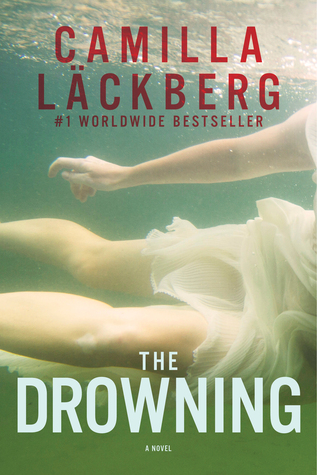 The Drowning ends with a pretty big cliffhanger. As a reader, that is so frustratingly tantalizing! As an author, is it fun to leave your readers hanging?
The Drowning ends with a pretty big cliffhanger. As a reader, that is so frustratingly tantalizing! As an author, is it fun to leave your readers hanging?
I think it's very important to meet your audience with the unexpected. It's equally important to leave some room for the imagination of how certain situations unfold. Hence, I sometimes leave some situations somewhat unresolved. A bit cruel maybe, but I like the idea of my readers creating their own continuations of stories in my books.
It must be a little weird to have English readers talking to you about The Drowning (book six), and Swedish readers talking about book nine. How do you keep them all straight?
It's really amazing to see how all my titles can be alive internationally all at once. When The Ice Princess might become available in one part of the world, The Lion Tamer becomes available in the other.
The more books I add to the series, the more challenging it becomes to remember all the details I add to my stories. Especially when it comes to the relationships between my characters. A lot may happen to them from one book to the other, and I can't forget any previous dramas or character descriptions.
There is a television show based on your books, and your fifth book, The Hidden Child, was made into a movie. What is it like to see your characters come to life in different formats?
Seeing my characters come to life on the big screen was one of the greatest moments of my career. It felt so surreal, and it was truly a dream come true. I could never have imagined this when I started my first manuscript 12 years ago!
I'm very involved in all my projects, and these productions were no exception. For me, it's very important that the production captures the essence of the story and the characters in it. I'm very happy about the results.
In addition to your Patrik Hedström series, you also write children's books (which have been made into an app!), about a baby named Super-Charlie. Is it a nice change of pace to write something more light-hearted?
The Super-Charlie series is actually based on my youngest son, Charlie, and all of the characters in the novels are based on real family members. I'm quite curious how Charlie will feel about this it when he becomes a teenager.
Writing children's books has been very fulfilling and it's very refreshing to write for a completely different audience. In many ways, children can be a tougher crowd to write for--they will let you know instantly if they don't like when they hear! I learn a lot when I can vary my audience.
Is it difficult to switch from one type of writing to another? Or do you like writing for multiple audiences at the same time?
I always juggle many projects at the same time and I really love this variation for my writing. Now I'm writing a lot of song lyrics together with Swedish artists, and I love it! This variation has been very critical for me, and I love to challenge and grow in my writing, no matter the form.
Finally, any sneak peeks about what's coming in the future? Do you think you will ever write crime novels with different protagonists, or can we be sure of more Patrik and Erica?
There is still more to come about Erica and Patrik. I'll continue writing about them as long as I find it joyful and there is definitely more to explore. Nothing is impossible, and I keep a very open mind when it comes to my writing. The most important thing is that I feel that I'm constantly learning.
This autumn, my fifth children's novel about Super-Charlie is coming out. I'm really excited about the warm reviews from both parents and children. I'll also continue writing song lyrics and perhaps you'll hear my songs one day in the U.S. That would be a dream! --Jessica Howard, blogger at Quirky Bookworm
Camilla Läckberg: Crime and Quotidian
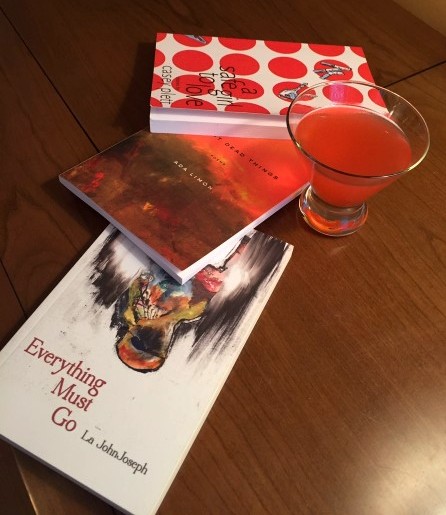




 The Drowning ends with a pretty big cliffhanger. As a reader, that is so frustratingly tantalizing! As an author, is it fun to leave your readers hanging?
The Drowning ends with a pretty big cliffhanger. As a reader, that is so frustratingly tantalizing! As an author, is it fun to leave your readers hanging?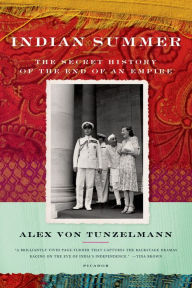 On August 15, 1947, the British Empire withdrew from India, granting independence to some 400 million former subjects. But rather than turn over self-rule to a single, united democracy, the British left behind two new nations already on the brink of war. In her first book, originally published in 2007, historian Alex von Tunzelmann examines the British withdrawal from India and the partition of the colony into India and East and West Pakistan. Her brisk, compelling narrative follows the lives of the partition's key players: Dickie Mountbatten, the last Viceroy of India; his wife, Edwina, a tireless relief worker who began a decades-long affair with Jawaharlal Nehru, India's first prime minister and the father of Indira Gandhi; Mohandas Gandhi, Nehru's mentor and the spiritual leader of the Indian independence movement; and Muhammad Ali Jinnah, Nehru's arch-rival and the "father of Pakistan." Readers unfamiliar with British or Indian history may need to occasionally consult Google, but that shouldn't deter anyone from this fascinating book. Indian Summer: The Secret History of the End of an Empire is available in paperback from Picador. --
On August 15, 1947, the British Empire withdrew from India, granting independence to some 400 million former subjects. But rather than turn over self-rule to a single, united democracy, the British left behind two new nations already on the brink of war. In her first book, originally published in 2007, historian Alex von Tunzelmann examines the British withdrawal from India and the partition of the colony into India and East and West Pakistan. Her brisk, compelling narrative follows the lives of the partition's key players: Dickie Mountbatten, the last Viceroy of India; his wife, Edwina, a tireless relief worker who began a decades-long affair with Jawaharlal Nehru, India's first prime minister and the father of Indira Gandhi; Mohandas Gandhi, Nehru's mentor and the spiritual leader of the Indian independence movement; and Muhammad Ali Jinnah, Nehru's arch-rival and the "father of Pakistan." Readers unfamiliar with British or Indian history may need to occasionally consult Google, but that shouldn't deter anyone from this fascinating book. Indian Summer: The Secret History of the End of an Empire is available in paperback from Picador. --